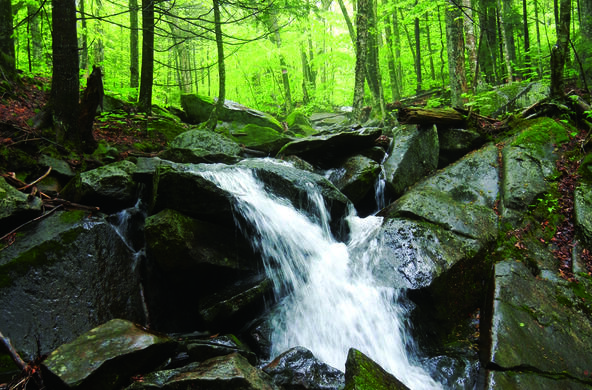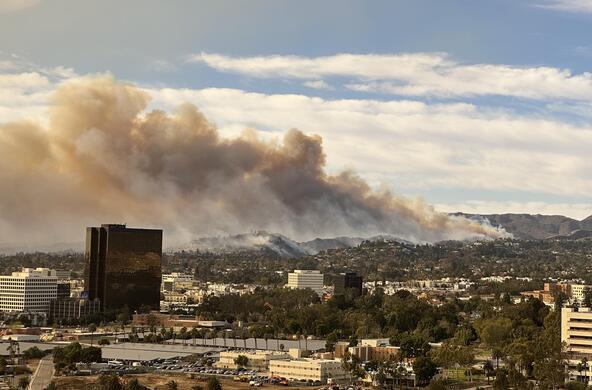I love an inadvertent experiment that shows how the world works. For years, electric power companies denied having much impact on nitric oxide emissions to the atmosphere, pointing to emissions from soils, automobiles, and lightning as the real culprits. Nitric oxide is a precursor to the formation of ozone, which acts as a powerful oxidant in lung tissues, leading to various types of respiratory disease.
Luckily, wiser heads prevailed. Emissions of nitric oxide are now controlled, and the concentrations of nitric acid in rainfall are declining. But the cause-and-effect relationship between the two is still contested by some, who claim that this intrusion of the Environmental Protection Agency (EPA) increases the cost of electricity and kills economic growth.
I have looked to a couple of inadvertent experiments that help to clarify the issue, at least for me. The first was the electric power blackout in August 2003, which covered a wide portion of the eastern United States. During that period, coal-fired power plants were shut down, so we can interpret any changes in nitric oxide concentrations as an indication of their effects on air quality under normal operation.
During the blackout, concentrations of SO2 and nitric oxide (NOx) were 34 and 20 percent lower, respectively, than under normal operating conditions, consistent with independent estimates that power plants contributed about 25 percent of nitric oxide emissions in the U.S. at that time. Concentrations of ozone were also lower.
A similar result comes from an analysis of the effect of the 2008 recession on air quality, suggesting that ozone concentrations were one to two percent lower over the eastern U.S. during the recession period, when businesses were closed and families were saving energy to be frugal.
It should be of no great surprise that air pollution is related to economic activity and the combustion of fossil fuels. But it is often difficult to perform binary (on/off) regional tests of the relationship. These inadvertent experiments help to pinpoint the sectors most responsible for degradation of air quality over large regions. They also show the importance of capturing the smokestack emissions of the toxic gases emitted by power plants, as way ensuring good health for all of us.
References
Davidson, E.A., C.S. Potter, P. Schlesinger, and S.A. Klooster. 1998. Model estimates of regional nitric oxide emissions from soils of the southeastern United States. Ecological Applications 8: 748-759.
Hu, Y., T. Odman and A.G. Russell. 2006. Re-examination of the 2003 North American electric blackout impacts on regional air quality. Geophysical Research Letters 33: doi: 10.1029/2006GL027252
Kim, S.W. and 9 others. 2006. Satellite-observed U.S. power plant NOx emission reductions and their impact on air quality. Geophysical Research Letters 33: doi: 10.1029/2006GL027749
Marufu, L., B. F. Taubman, B. Bloomer, C.A. Piety, B.G. Doddridge, J.W. Stehr, and R.R. Dickerson. 2004. The 2003 North American electrical blackout: An accidental experiment in atmospheric chemistry. Geophysical Research Letters 31: doi: 10.1029.2004GL019771
Tong, D., L. Pan, W. Chen, L. Lamsal, P. Lee, Y. Tang, H. Kim, S. Kondragunta, and I. Stajner. 2016. Impact of the 2008 global recession on air quality over the United States: implications for surface ozone levels from changes in NOx emissions. Geophysical Research Letters doi: 10.1002/2016GL069885








